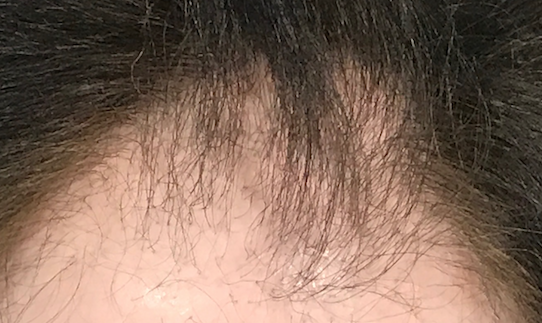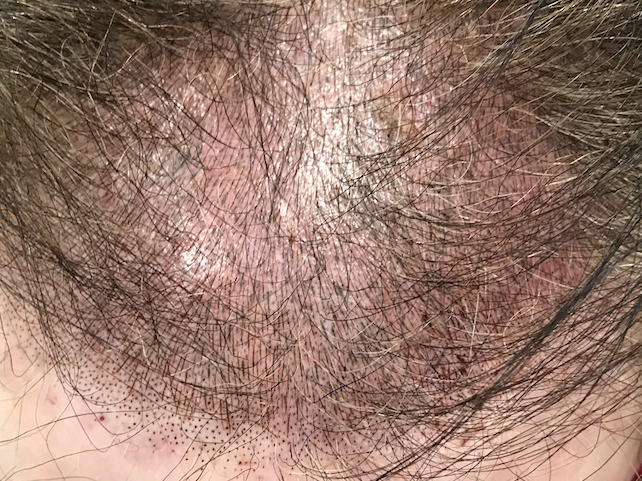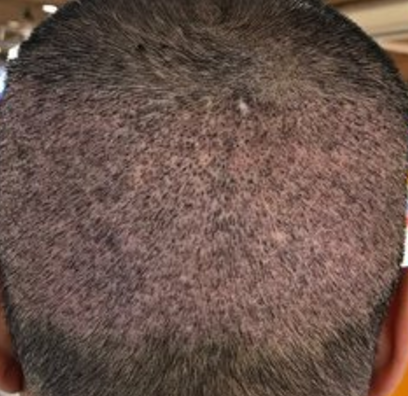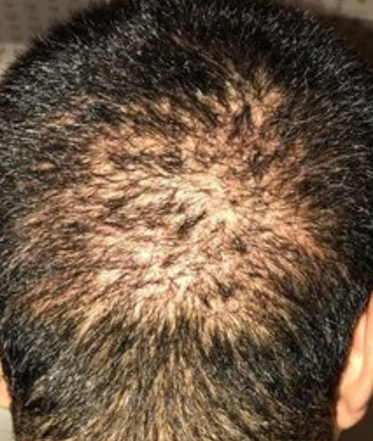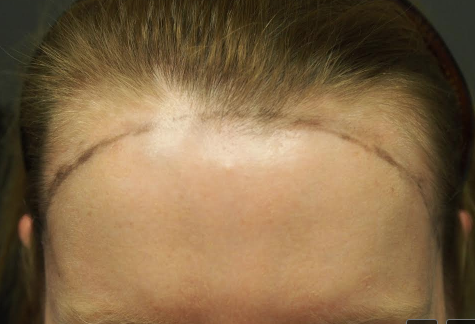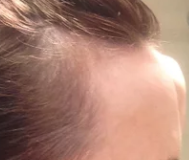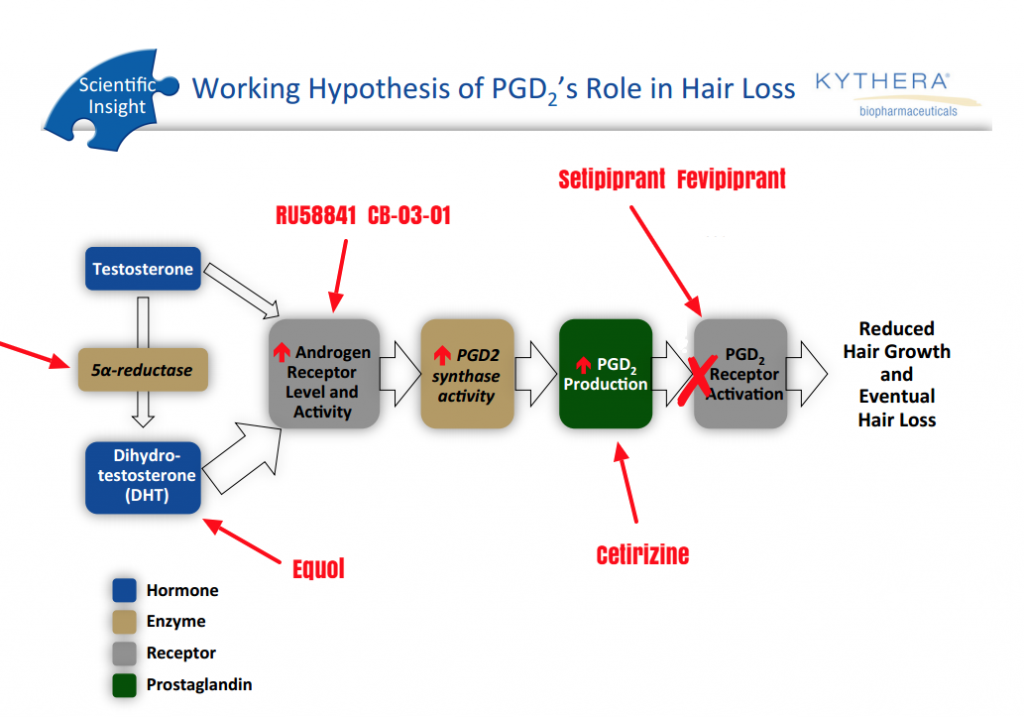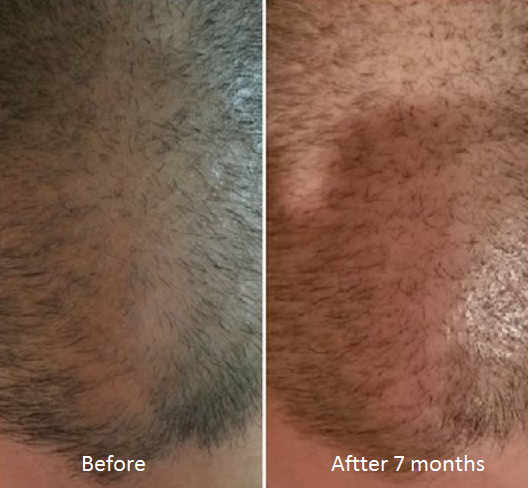https://www.ncbi.nlm.nih.gov/pmc/articles/PMC3944668/#!po=14.7887
I have read the article. There is a great deal of speculation about the use of light therapy in certain areas, like graft growth after hair transplants. I know that grafts grow after a hair transplant when the surgery is done correctly and can’t be accelerated by using such a modality. The author speculated on the use of infra-red light, but there is no evidence available for this use either. Most of the studies on LLLT therapy are written by people who have something to profit by pushing this technology. Laser hats and other devices cost up to $3,000 retail. Almost half of the money goes to the doctor selling it, so do you think that a doctor can be impartial when bringing you this technology? I don’t sell them because I refuse to make money from my patients without giving them value.
What can I do about this? I am 21 and thought that the hair transplant would solve my problem.
Your doctor should have never done a hair transplant on you, a 21-year-old male. Your balding is progressive, and as you get older, it will get worse. You developed shock loss over the past year, accelerating the hair loss that was going on at the time of the hair transplants. I will not do a hair transplant on a patient under 25 unless circumstances are highly unusual. Your doctor is guilty of malpractice and greed because he put your money in front of your welfare.
An FUE surgery of 5,000 grafts is most likely too many grafts for the donor area in 98% of the population. As a result, you have a problem with over-harvesting which produces a see-through donor area. The original density may have been too low to support the number of FUE grafts you had done. You now have a depleted donor area, and since your hair appears short in the photo, this problem is made worse. If you let your hair grow out more, maybe it will cover this overharvested donor area. One reasonably good solution is Scalp Micropigmentation.
Whatever you do, do not do another FUE as your situation will become worse. FUE is often promoted as a scar-less surgery, but clearly, it is misleading as in your situation. You can either let your hair grow longer to cover it or get Scalp MicroPigmentation which will camouflage these bald areas exceptionally well.
If I start Finasteride again, what are the chances they will become weaker again? And is there any way I can avoid that?
This is what I recommend to my patients. One pill every four days for two weeks. If that works, go up to one pill every three days for two weeks. Then, one pill every two days and stop there.
At one month, many people will see that the hair loss has stopped, and that alone may show improvement. Most people (about 95%+) will see no side effect, so that is not unusual.
A 2017 gene study of 52,000 40-69 year old males tried to identify genes associated with balding, and they identified over 250 genetic markers common in bald men. They then tried to use it to predict MPB with some success. Total of 61% in the lowest risk group had hair loss, with 14% of it being severe. The highest risk had 58% with moderate to severe loss. https://journals.plos.org/plosgenetics/article?id=10.1371/journal.pgen.1006594
Even after identifying this many genes its far from perfect. We can logically deduce it’s more likely that there is no MPB gene. Genetics increase susceptibility, but that applies to everything else. This also explains why most old men will exhibit recession, and why everyone recedes to different extents.
Interesting. Thanks for the information.
It is never a good idea to use neck hair for donor hair because it is not permanent, and this area scars badly. The beard from under the skin is a better source.
Potions, lotions, and many other similar products are not well documented scientifically to prove value. Therefore, these types of questions leave us without an answer.
I know there is a better chance for reversal for men in early 20s, but what I meant to ask… Are men in their early 20s (more likely to have rapid hair loss) more likely to not respond well to finasteride than men in their late 20s or early 30s? As a doctor, have you ever encountered men (after the age of 25) who didn’t respond well to fin (couldn’t maintain) and still lost their hair due to generics winning the battle? If so, is it more uncommon for men after the age of 25?
Generally speaking, balding men in their 20s have more hair loss than balding men in their 30s. Men with advanced hair loss patterns have most of the hair loss occur before they are 25. If you are over 25 and don’t have an advanced pattern of balding, you are probably not one of the aggressive balding patients. Finasteride works well in men in their early 20s or late teens, still well in their late 20s, and then less well the older you get. Nonetheless, it still works.
For the answers, go here: https://www.reddit.com/r/tressless/comments/8csu0n/successful_regrowth_timeline/
It seems that you are concerned about growth. At seven months, you still might expect to see more growth. I always tell my patients that at eight months you should see 80% of the growth to styling length. I doubt that this is going to happen, but you should wait another month or two. PRP will not make hair transplants grow. Only excellent surgery gets results. Depending on how many grafts you received, you might question this. If you don’t see an improvement in another two or three months, go back and have a conversation with your surgeon.
Page 333 of 636

